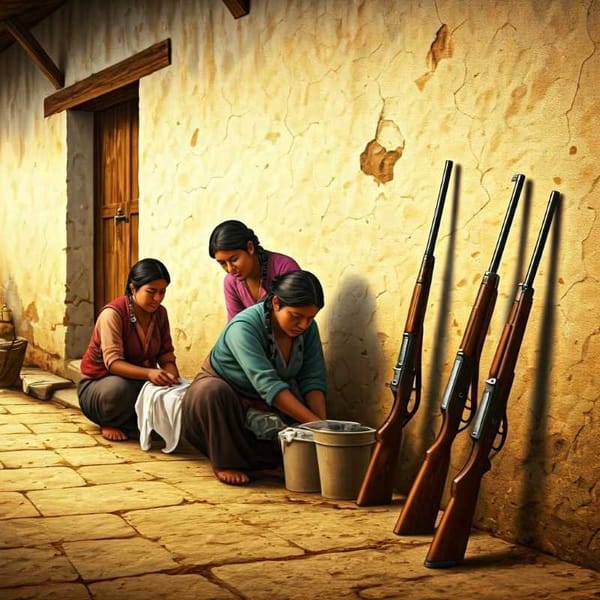The number of refugee applications in Mexico is on the rise
Learn about the significant increase of refugee requests in Mexico, with 130k requests from 110 countries in 2021, including many children and adolescents.

Starting in 2019, Mexico has experienced a social phenomenon of great magnitude: the sustained increase in the request for recognition of refugee status. In 2021, a historic marker was reached with 130 thousand requests from 110 countries of origin, which is why it ranked as the third country worldwide with the most requests after the United States and Germany.
The above, according to the general coordinator of the Mexican Commission for Refugee Aid, Andrés Ramírez Silva, highlighted that 23 percent of that figure corresponded to children and adolescents. If young people up to 24 years of age are included, it reaches 50 percent.
"It is a refugee childhood and youth. It gives us the possibility to understand that it is a phenomenon that has a specific weight of great magnitude. As of 2019, the number in need of national protection has grown; in 2013 there were only 1,296 applicants, in 2018 it reached 29,700 applicants, but as of 2019, it shot up to 70,000 applications," he detailed.
Participating in the Second Permanent Seminar "Violence that prevents the integration of migrant children and youth in society: xenophobia, racism, and discrimination", convened by the National School of Social Work (ENTS) of the UNAM, the graduate of the Faculty of Economics stressed that the flow in recent years has been a challenge due to limited operational capacity.
In 2023 the average for January tripled: we had 12,863 applicants, another historical record, many of them accompanied minors and adolescents; and only one percent of unaccompanied, he said to the president of the association "New Beginnings", Israel Concha.
For the first time, also last January, Afghanistan was among the top ten nationalities requesting refuge (it ranked seventh). "This is unparalleled in our history because it is a different culture, with different food, religion, and language; most of them speak Dari, a language similar to Persian, we know that they are fleeing because the Taliban returned to power in August 2021".
A similar situation occurs with Haitians, who regularly do not come from their country of origin, but from nations such as Chile and Brazil. However, they do not speak Spanish, Portuguese, or French, but Creole, which makes communication difficult. Tapachula, Chiapas, is the place where up to 65 percent of the refugee applications to Mexico are made, he stressed in the meeting moderated by Javier Carreón Guillén and Ana Luz Minera Castillo, both from ENTS.
Young Migrants and Returnees in Mexico
Juan Carlos Narváez Gutiérrez, from the University Seminar of Studies on Internal Displacement, Migration, Exile and Repatriation of UNAM, said:
Spaces should be opened for policies aimed at young people universally, regardless of their nationality or migratory status.
Likewise, a way must be found to contribute to the emotional well-being of these generations who migrate in a forced manner and who live through processes of violence.
Mónica Jacobo Suárez, a Conacyt professor at the Centro de Investigación y Docencia Económicas, referred to young return migrants (United States-Mexico) who experience important contradictions about the notions of citizenship and language.
There are strong feelings of belonging to the country where they grew up (USA), but not where they were born (Mexico). Their social and cultural incorporation is under constant construction; being Mexican in Mexico is a new experience for many of them, involving multiple processes of learning and tension, he said.




